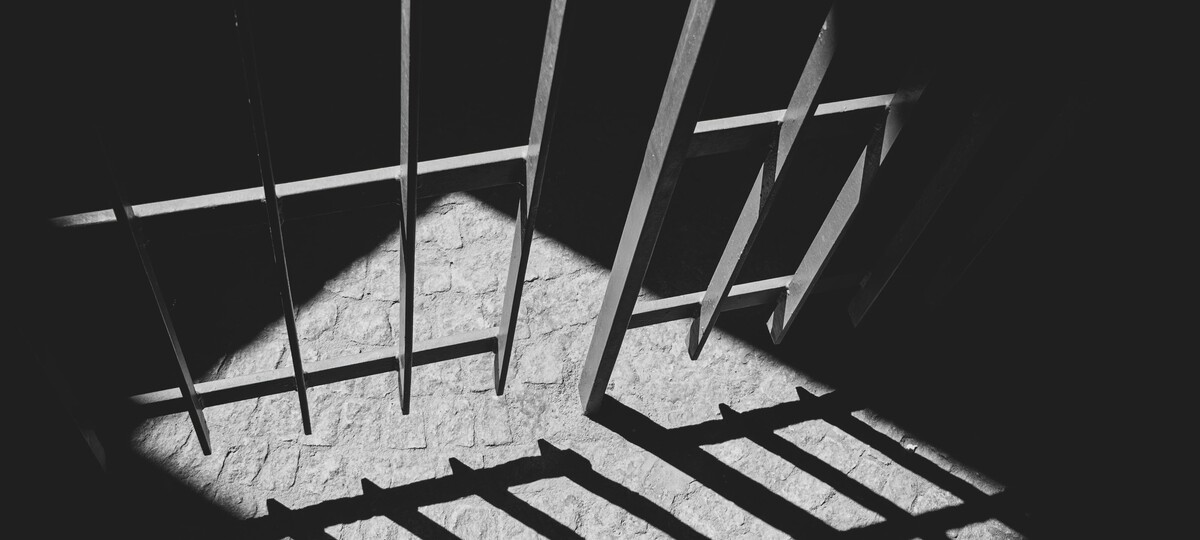
Robert Roberson's story is a tragic one. He is sitting on death row in Texas for killing his 2-year-old daughter Nikki Curtis by shaking her so violently that it caused her death. John J. Lennon, an incarcerated journalist who works with the Prison Letters Project at Yale Law School, recently wrote about Roberson for Slate.
The theory behind Roberson's conviction is what is commonly known as shaken baby syndrome.
Proponents of the theory of shaken baby syndrome claim that shaking a baby produces a so-called "triad" of catastrophic injuries exclusive to shaking — subdural hemorrhage, retinal hemorrhage and brain swelling. The diagnosis does not require the presence of other injuries such as bruises, grab marks or damage to the baby's neck.
Injuries from shaken baby syndrome are so severe, these experts say, the baby would immediately collapse. According to The Appeal, the last person with the baby — a parent, babysitter or day care worker — is the person often accused. That person is then left to prove they're innocent of a crime that may not have occurred.
The presence of shaken baby syndrome often pits the accused against the testimony of physicians, who say with certainty that the baby's injuries are comparable to those sustained from falling out of a window or being thrown from a car, reported The Appeal. In comparison, the defendant's explanation falls short of making an impression on an investigator or jury.
However, as with many types of forensic evidence — shaken baby syndrome is under scrutiny. Convictions are supposed to be final, but science is evolving. In recent years, prisoners and their lawyers have challenged a number of forensic disciplines: from eyewitness identification, to fingerprints as well as analysis of blood spatter, hair, bitemarks, toolmarks and a host of other traditionally "reliable" investigative techniques.
Since the 1980s, nearly a quarter of overturned convictions have featured "false or misleading forensic evidence," according to the national Registry of Exoneration.
"We believed anyone in a lab coat with letters after their names," M. Chris Fabricant, a lawyer for the Innocence Project, which works to overturn wrongful convictions across the country, told the Marshall Project. "But these methods were developed by law enforcement to solve possible crimes, not in laboratories."
A. Norman Guthkelch, a British pediatric neurosurgeon whose 1971 paper first posited the shaken baby syndrome, later reviewed a number of cases where defendants claimed their innocence. Patrick D. Barnes, MD of the Stanford University Medical Center, wrote in Bloomberg Law, Guthkelch was struck by the high proportion of cases in which the child had a history of illnesses, indicating their injuries were the result of natural causes, not abuse. In 2015, shortly before his death, Guthkelch told The Washington Post, "I am doing what I can so long as I have a breath to correct a grossly unjust situation."
According to Barnes, over the last two decades, courts in at least 12 states, including Alaska, Nevada, North Carolina, Ohio, and Wisconsin, have overturned shaken baby syndrome convictions, or rejected outdated science.
Some medical organizations have pushed back, including the American Academy of Pediatrics, which fears marginal medical theories are gaining too much traction in the courts, allowing people who abuse infants to go free. In 2009, according to the Boston Globe, the academy did acknowledge the controversy brewing over the role that excessive shaking plays in creating extreme injuries.
The academy now tells doctors to use the term "abusive head trauma," rather than shaken baby syndrome, to indicate that traumatic blows to the head, not just shaking, are often behind the brain swelling and eye damage that afflict some 1,000 children each year, often causing permanent neurological damage if not death.
But the fact remains that at least 32 people have been exonerated for crimes based on shaken baby syndrome, according to The Guardian. In addition, last fall, Superior Court of New Jersey Judge Pedro J. Jimenez Jr. ruled that shaken baby syndrome was "junk science" and "scientifically unreliable".
A definitive answer for shaken baby syndrome remains elusive. Roberson's petition to the U.S. Supreme Court seeking review of his shaken baby syndrome conviction was denied without explanation.
Comment by clicking here.
Matthew T. Mangino is of counsel with Luxenberg, Garbett, Kelly & George P.C. His book "The Executioner's Toll, 2010" was released by McFarland Publishing.
Previously:
• 04/08/24: Life Without Parole Cruel and Unusual Punishment
• 04/01/24: Court Created Doctrine Shields Police From Liability
• 03/25/24: The 'Poverty Penalty': No Cash, No Freedom
• 03/19/24: Stand Your Ground Rears Its Head, Again
• 02/27/24: SCOTUS Not Inclined to Remove Trump From Ballot
• 02/27/24: A Parent Convicted for the Conduct of a Child
• 02/09/24: Forensic Evidence: Not What It Used to Be
• 01/22/24: Doing Time Without Committing a Crime


 Contact The Editor
Contact The Editor
 Articles By This Author
Articles By This Author